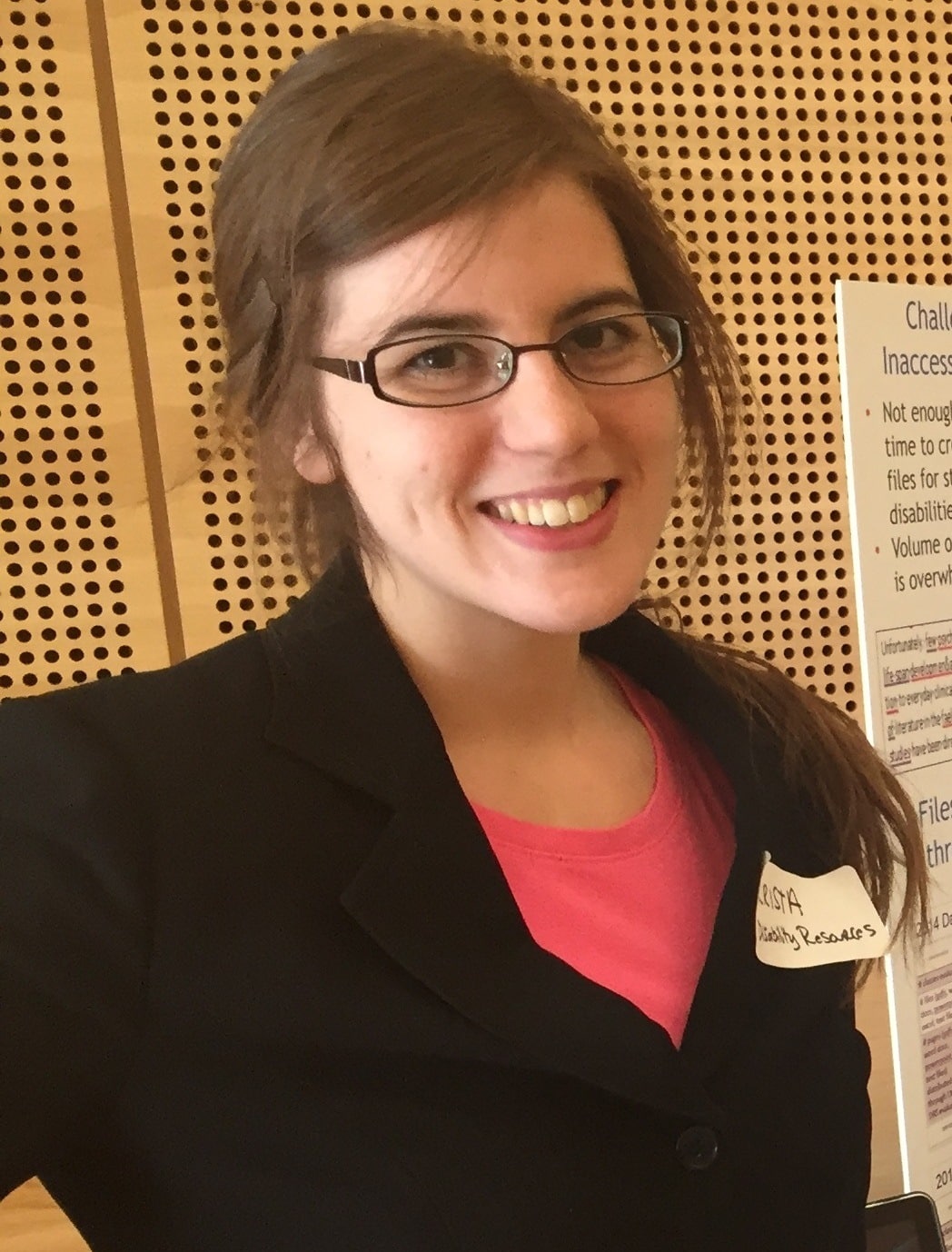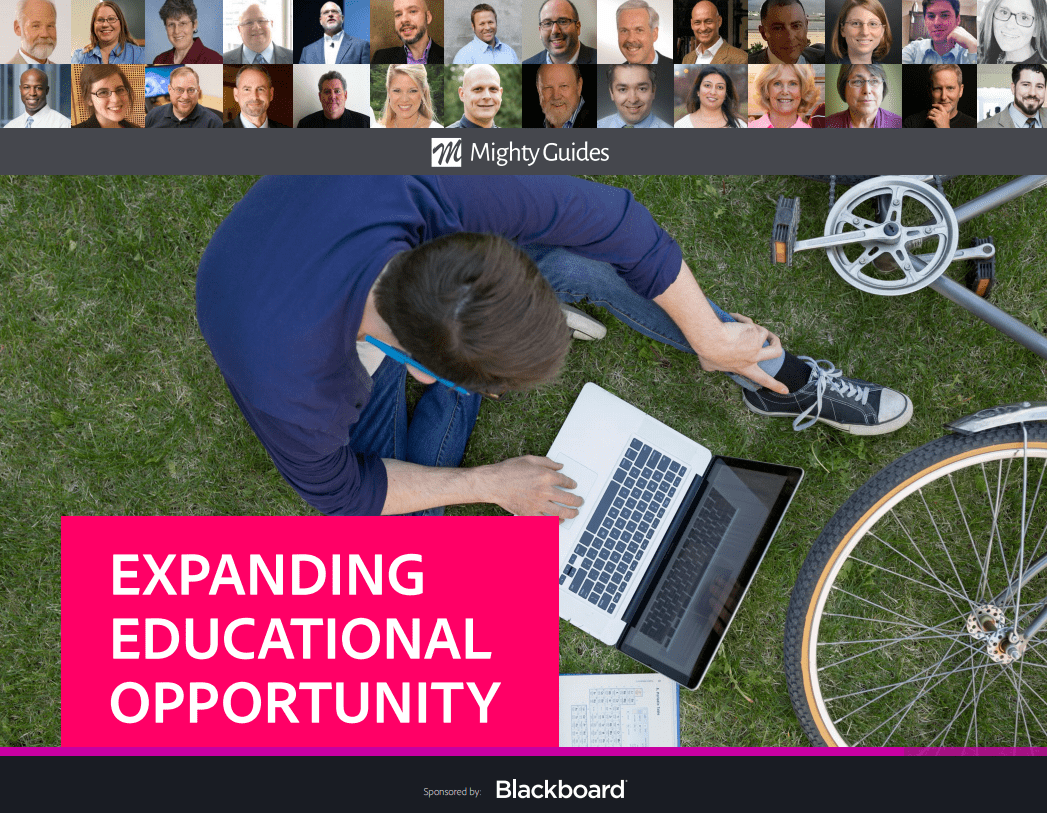
Krista Greear, University of Washington, Assistant Director, Disability Resource
Content In Multiple Formats Provides The Greatest Access
- More emphasis needs to be placed on the issues of creating more accessible content, but sometimes something as simple as providing multiple formats of the same material can greatly improve effectiveness.
- The longer-term strategy toward highly accessible content creation will require a partnership among subject matter experts, experts on learning disabilities, instructional designers, and IT teams.
“What technology is doing for our students with disabilities is allowing for greater flexibility by giving them choices as to how they consume content.”
A core realization that has come from Krista Greear’s many years of helping students who have learning disabilities is that access and associated learning can work only if the material is in a format appropriate to each student. “What technology is doing for our students with disabilities,” she says, “is allowing for greater flexibility by giving them choices as to how they consume content.” This flexibility may be as simple as changing a TIFF file to a Word document or as complex as textto-speech translation, video captioning, or converting a PDF file into HTML markup. Fortunately, solutions are available to help institutions create the most accessible content possible, and this help isn’t just benefitting learning-disabled students.



